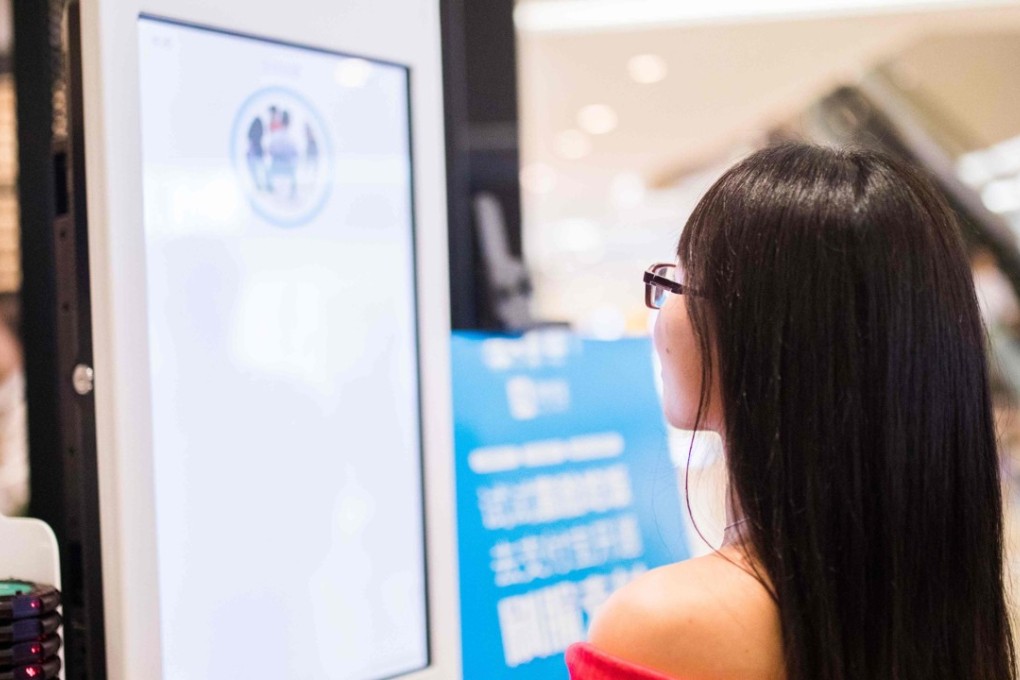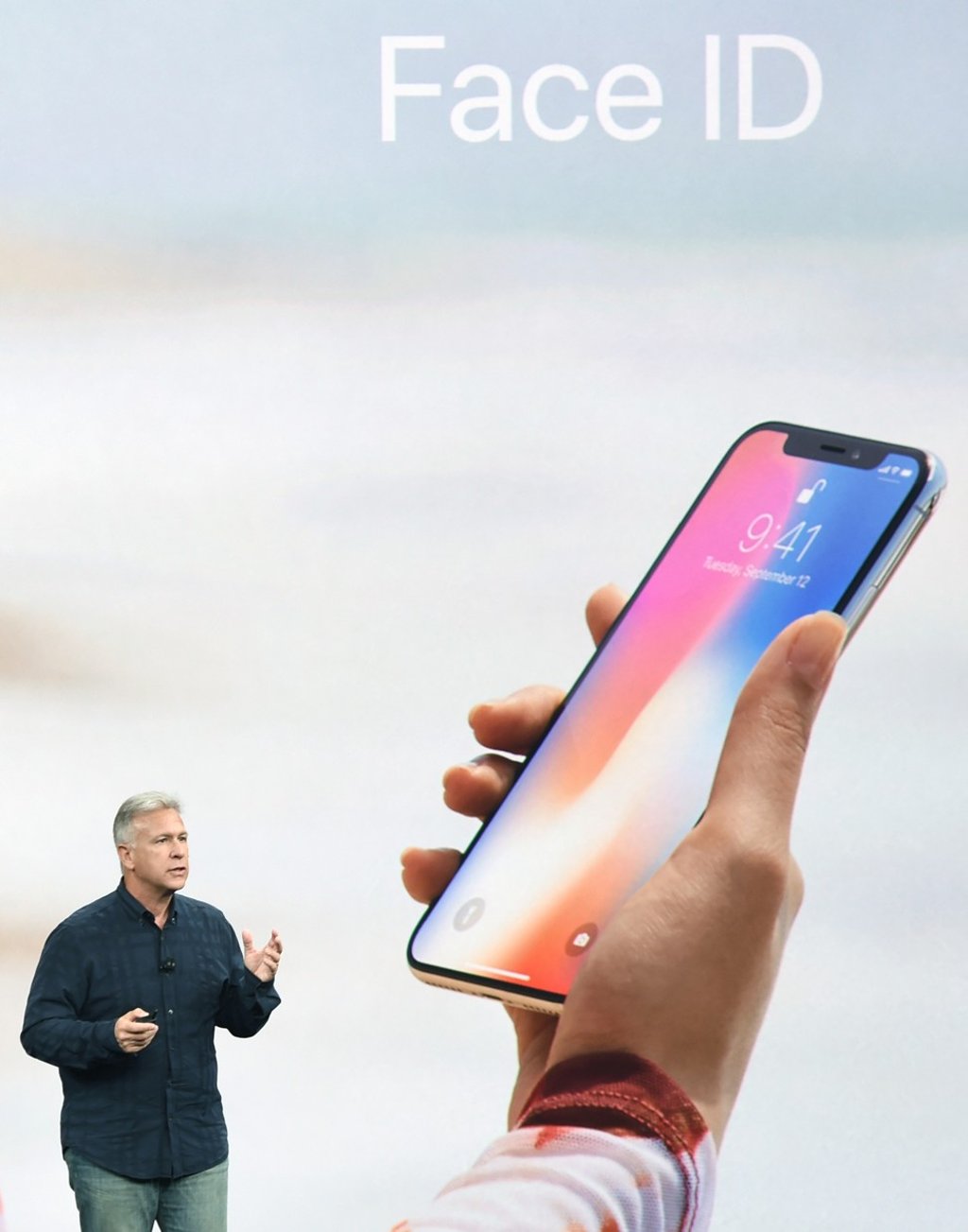While iPhone X tests Face ID, facial authentication is already old hat in China
Facial recognition and authentication has been installed in bank ATMs since 2015, and are being tested for everything from retailing at KFC outlets to even boarding flights in airports.

Fans and customers of Apple’s iconic smartphone awoke this week to the promise of unlocking their iPhones simply by scanning their faces through the Face ID function, a breakthrough that the maker is only reserving for its premium US$1,000 iPhone X model.

Merchants Bank has enabled 1,000 of its automatic teller machines (ATMs) in 106 Chinese cities since 2015 to dispense cash by scanning their customers’ faces. Agricultural Bank followed in January, installing a similar capability on 470 ATMs in 16 selected branches in cities and provinces such as Beijing, Shanghai, Anhui and Zhejiang provinces. Customers no longer need to bring their bank cards, but just look into a camera where a pre-scanned photograph can be matched with the image scanned through facial recognition software for verification.
“The service effectively trims the risk of counterfeited cards, avoids such incidents as cards getting stuck in ATMs and improves clients’ experience,” the bank said in response to queries by the South China Morning Post. “The service also paves the way for new businesses such as online account openings.”
Once the feature of science fiction, facial recognition and verification is rapidly becoming part of daily life in China, even while the rest of the world has taken a slower approach for concern over privacy.